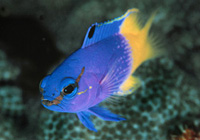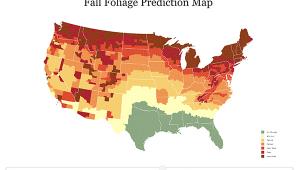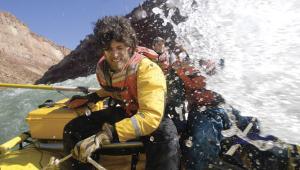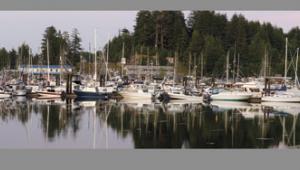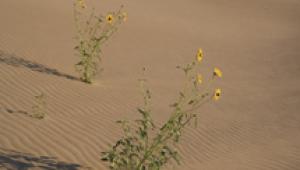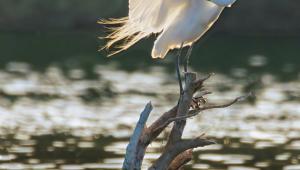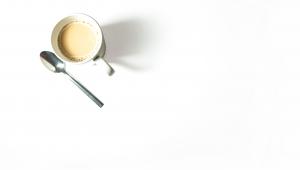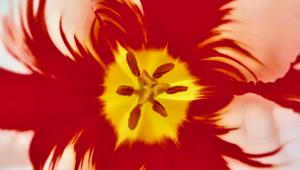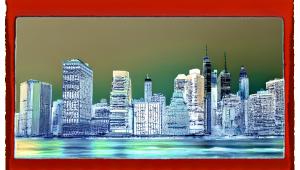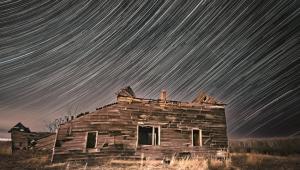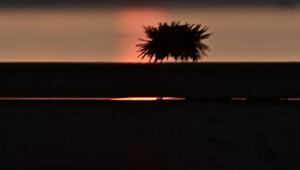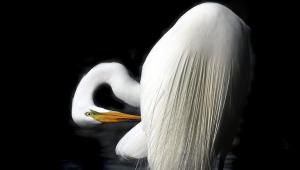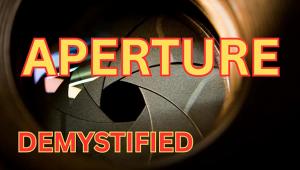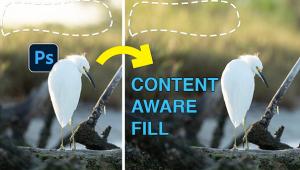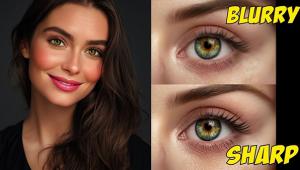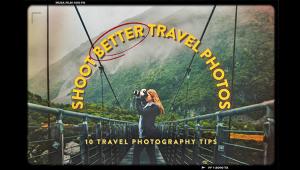Underwater Photo Fun
Fab Tips For Photos Of Fish Watchers And Fish
There has never been a more exciting time to take underwater pictures. That's because underwater cameras and camera systems have never been easier to use. Plus, new supersaturated films provide the most colorful photos ever! What's more, easy to use computer imaging programs make fixing up underwater pictures a snap. And finally, a new service from Kodak, Kodak Sea Processing, gives underwater photographers who shoot color print film more colorful images. Underwater Tips Practice in a pool. The old saying, "Practice makes perfect," applies to all wannabe underwater photographers. It doesn't matter which camera or camera system you choose, you'll benefit greatly by practicing in a pool€to the point where you can take pictures in the dark, which you may actually want to do someday on a night dive. When I get a new underwater toy, I take it to the pool along with an underwater writing slate. I shoot my pictures and note my exposures and other settings. Then, when I get my pictures back, I compare them to my notes--seeing what went right or wrong. Think negative. I'm a positive person, that means I shoot positive (chrome) film most of the time. But if you are just starting out in underwater photography, think negative--and by that I mean think about using negative film. If you do, you'll get a high percentage of good pictures, because your exposures don't have to be "right on" as they do with slide film. |
|||
Where To Go That said, it's a good idea to check out a site--thoroughly--before you leave home. Skin Diver magazine and Rodale's Scuba Diving, available on newsstands, run monthly features on where to go for great pictures. You can also get diving information on the web by using search engines such as www.google.com and www.yahoo.com and typing in the name of your destination. The more you know, the more you'll be prepared for your underwater photo experience. Get a good guide. Most wildlife photographers--underwater and terrestrial--take all the credit for their pictures. However, in many cases some of the credit is due to the guide who helped the shooter find the critter. Get a good guide who is familiar with a reef and its critters and you'll have a much better chance of getting good pictures. I've found this to be true all over the world. Be Patient |
|||
Tools Of The Trade For great fish photos, I recommend using an SLR/macro lens system in an underwater housing. Close-up frame finders are available for fish photos, but it's often difficult to get the fish to swim right between the wires. Use a flash. Simply put, you need a flash underwater to bring out the true colors and detail of your subject. A flash also throws light into a diver's face mask, so you can see who the heck is in a diver photo! Better yet, use two flash units for shadowless and ratio lighting. Of course, you can snorkel and dive shallow and take natural light photos--dive between the hours of 10am and 2pm on sunny days, when it's brightest underwater. Even at shallow depths, however, a flash can improve pictures. Sure, there are exceptions to the use a flash rule, as when you want to take a silhouette of a huge fish or a diver. Housekeeping€Underwater Think safety first. No fish or diver photo is worth damaging the fragile reef. So, please be careful when taking underwater photos. If you touch the reef, you can actually cause that section of the reef to die. If you break off a piece of coral with a careless kick of a fin, it may take years for the coral to grow back, if at all. When diving with a camera, please remember this adage: Take only pictures, leave only bubbles. Safe diving! |
|||
Kodak Sea Processing Makes
Your Pictures Better Hey, don't feel bad if that sounds familiar! When I first started taking underwater pictures, that was my story, too. Enter Kodak Sea Processing. This process--for color print film only--can turn dull, drab pictures into bright, vibrant shots. Here's how it works, in non-technical terms. You drop off your color print film (technically called color negative film) at a dive-photo retailer shop that offers Kodak Sea Processing. (A complete list of shops can be found at www.kodak.com/go/seaprocessing) The shop sends your film to a special Kodak lab. Next, your negatives are scanned by a trained Kodak technician who basically boosts the reds (lost underwater) and subtracts some of the blues and greens (increased underwater). Contrast is also increased during the process. The result of this relatively new service is that your pictures, printed on Kodak Royal paper, have more color and detail€and look more professional. "As shucks," you say. "Too bad Kodak Sea Processing was not available a few years ago when I took lots of blue/green pictures on my dive trip to Jamaica." Well, as they say in Jamaica, "No problem, mon." Kodak Sea Processing can enhance your previously-processed negatives, too. "Ya mon," as we scuba divers say. Underwater Gear Adorama (more underwater
stuff than even Jacques Cousteau could use): www.adorama.com Rick Sammon is the author of five books on the underwater environment, including "Seven Underwater Wonders of the World" and "The Complete Guide to Photographing Underwater Wonders." He is also the president of the marine conservation organization CEDAM International. You can join Rick on a "Skin Diver" magazine tour. Contact him at: www.ricksammon.com Rick will be teaching at the "Shutterbug" and "eDigitalPhoto.com" Imaging Odyssey 2001 in Baltimore, May 17-19, 2001. |
- Log in or register to post comments



